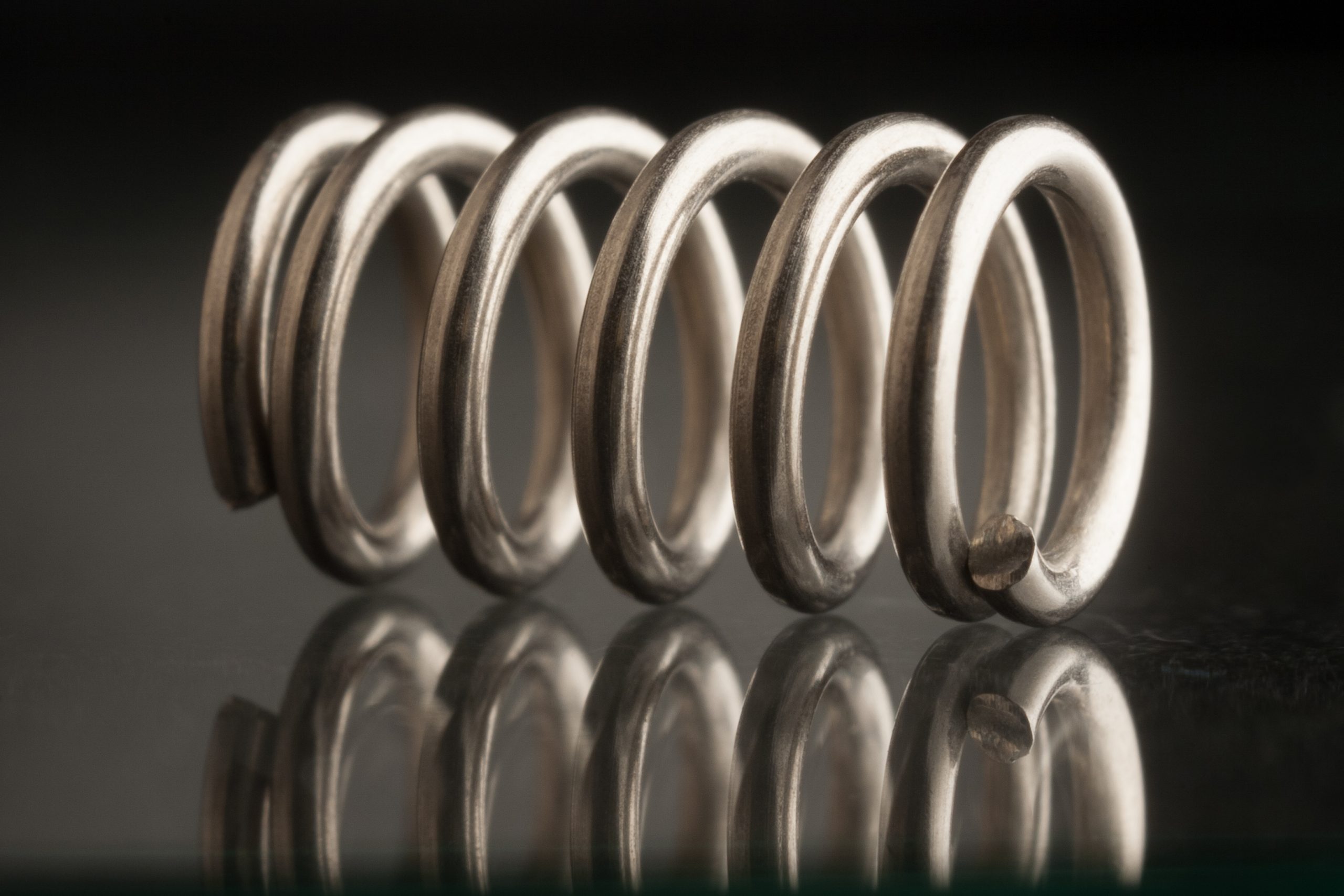Selecting the right material for industrial springs is crucial, as each type has unique properties suited to specific applications. For example, springs in the electronics industry often use copper or copper alloys for their excellent conductivity and corrosion resistance. On the other hand, industries needing high-strength springs frequently opt for carbon steel due to its durability and precision.
In this blog, we’ll explore the advantages of using carbon steel as a spring material and how it holds up against other options. We’ll also look at the industries that rely on carbon steel and explain how Airedale Springs can help you design springs tailored to meet your specific needs.
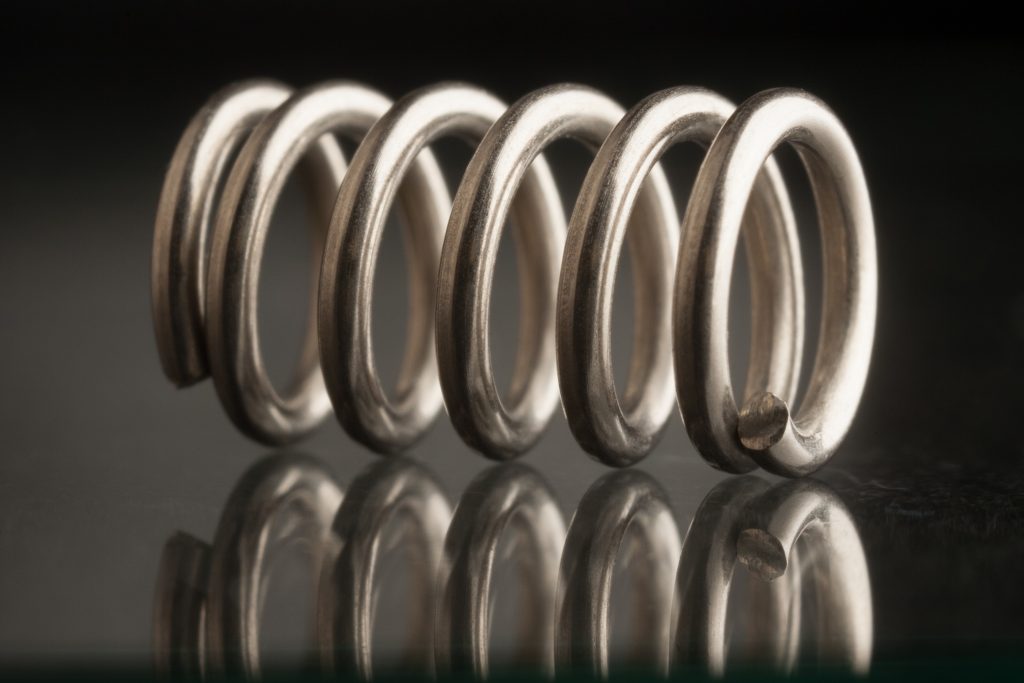
What are the Benefits of Using Carbon Steel Springs?
Choosing the right spring material can take time and effort, especially when you have limited knowledge on the different metals on offer. Carbon steel is generally favoured in heavy-duty applications due to its incredible strength. This is primarily due to the high carbon content of this steel type, which can range anywhere from 0.60% to 1.25%. Steel that has a higher carbon content will be stronger, but it will also be more expensive, so this is something to consider when evaluating your choice. Carbon steel can withstand substantial weight and pressure without experiencing damage to the spring or wire form, which is especially useful in applications where a reliable and durable spring is needed.
Another key benefit of carbon steel is its hardness and toughness, which gives carbon steel springs exceptional durability. This makes it resistant to wear and tear despite repeated stress and strain. If your spring will be used in a high-cycle environment, then considering carbon steel as a spring material might be a smart idea. This also helps to save costs and time in the long term, as carbon steel keeps its performance over time despite frequent use, reducing the need for replacements or maintenance.
Finally, carbon steel is the most cost-effective spring material choice compared to alternatives like stainless steel. Due to its wide availability, carbon steel is on the more affordable side than some other options, making it an ideal choice for large quantity orders or budgetary constraints. Remember – if your application requires your spring to be corrosion resistant, then you might need to factor this into your selection, as plating or coating may need to be added.
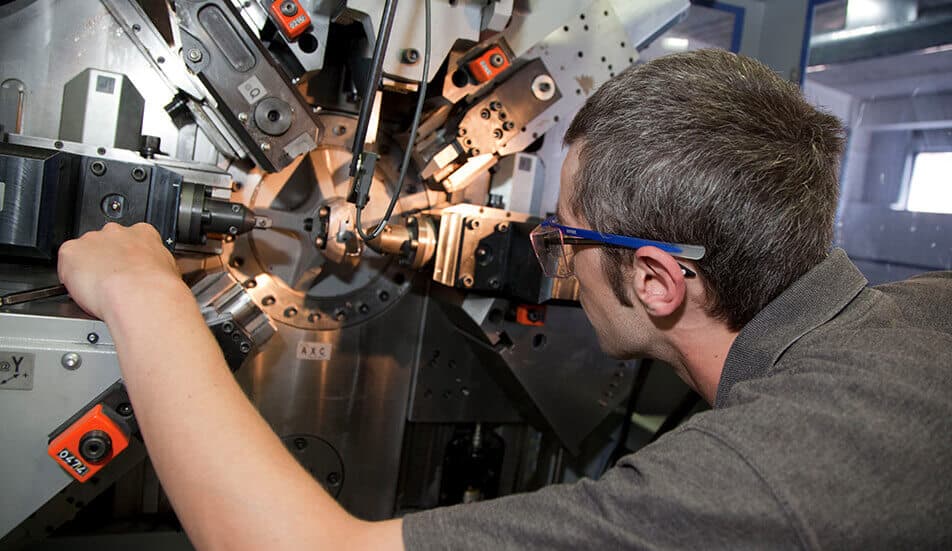
Industries that Use Carbon Steel
Carbon steel is one of the most popular materials we deal with here at Airedale Springs, mainly because of its cost-effective nature and strength. Here are some industries where carbon steel springs can be found:
- Oil & Gas: The oil and gas industry requires parts that are strong and durable for parts such as valve actuation systems controlling flow rates and pressure levels
- Automotive: The automotive industry often uses carbon steel springs for various components, from suspension systems to engine parts.
- Manufacturing: Carbon steel springs are vital for many manufacturing processes, often used in machinery and equipment that require powerful performance under heavy loads.
- Construction: Carbon steel springs are used in tools and equipment, including cutting tools and drills, in construction.
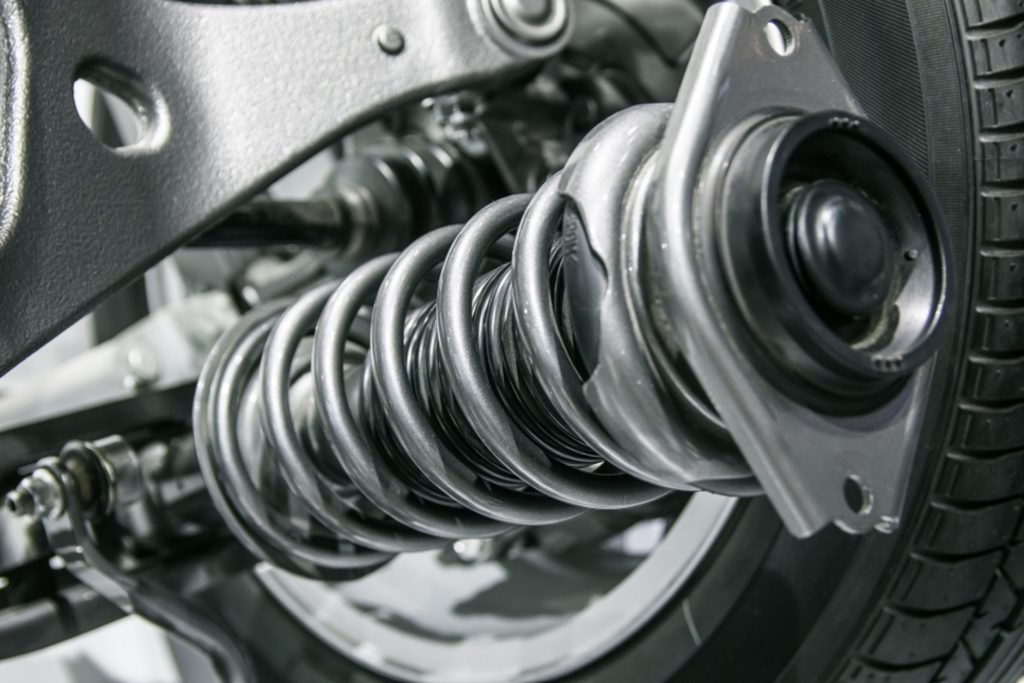
What Types of Springs use Carbon Steel?
Carbon steel is commonly used in a variety of spring types due to its resistance to strength, wear and versatility within a number of applications. Here are some examples of spring types that work well with carbon steel:
- Compression springs: These springs are designed to run under both low and high stress applications and are frequently found in industrial machinery and medical industries. The strength and durability of carbon steel make it perfect for compression springs that need to withstand heavy loads.
- Flat springs, clips and pressings:These springs can be hardened and tempered to enhance the properties of carbon steel. Added coatings can be applied for corrosion resistance, and robustness in industries where exposure to moisture or water is common.
- Extension Springs: Otherwise known as tension springs, these springs are similar to compression springs but are loaded in tension. They are commonly found in a variety of industries, and are the spring type used in trampolines.
- Wire forms: Carbon steel is used in a range of wire forms, which are popular in multiple applications such as textile machinery and safety equipment. This material can be used in a variety of wire forms due to its ability to adjust strength based on carbon content.
Carbon steel’s exceptional strength and versatility make it an ideal choice for a wide range of spring types. At Airedale Springs we have experience manufacturing carbon steel springs in many different shapes and sizes.
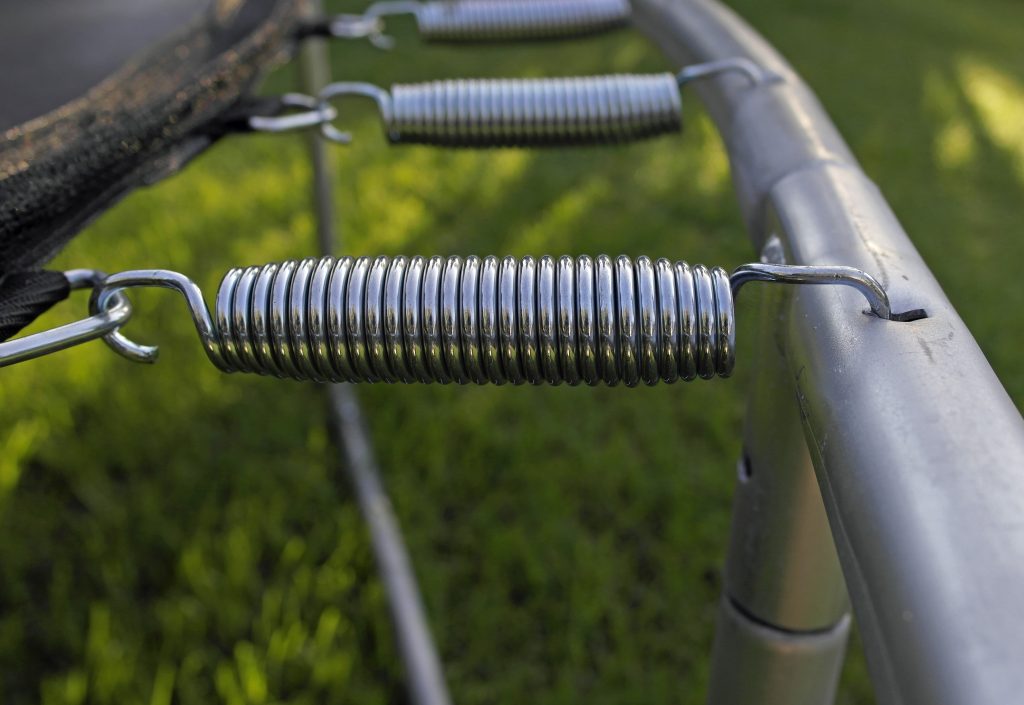
Airedale Springs’ Expertise in Custom Carbon Steel Springs
At Airedale Springs, we have over 80 years of experience as spring manufacturers, including in the creation of custom carbon steel springs. Our meticulous spring design and rigorous testing processes mean that you’re getting carbon steel springs that are long-lasting, wear-resistant and high-quality. With our expert team and the latest computer software, we can help you design springs that meet your requirements and specifications so that the end result is perfectly tailored to you. To get started on designing your custom carbon steel springs, reach out to us today.


